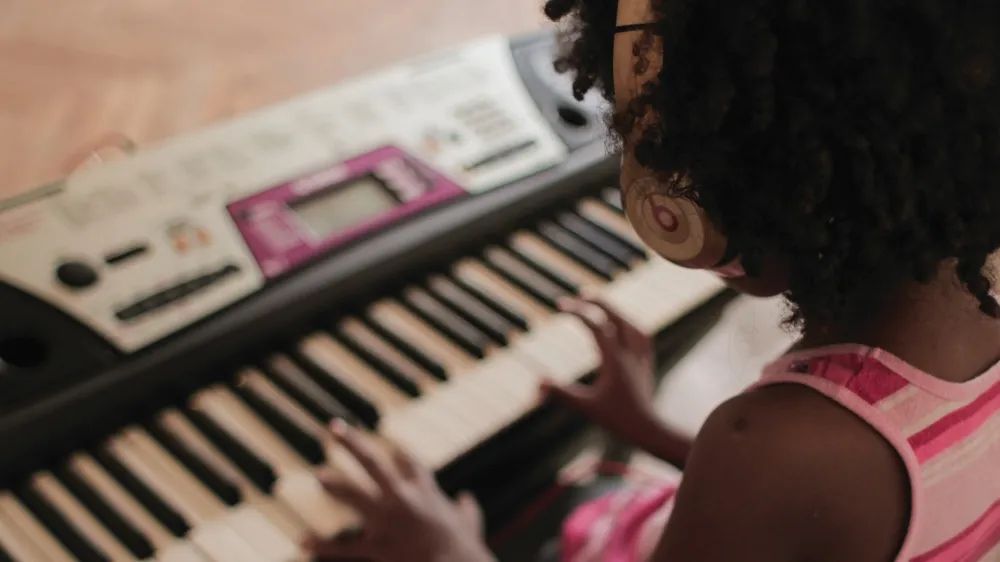
Healing Melody: Music Therapy
September 1, 2019 | by brooke wagner
“Music soothes the savage beast,” or so the saying goes. We all know that different types of music can put us in different moods, carrying us away to relive memories with a simple strain of a melody. But is there actually scientific research that can prove the therapeutic value of music? As it turns out, yes, there is. The American Music Therapy Association defines music therapy as the “clinical and evidence-based use of music interventions to accomplish individualized goals within a therapeutic relationship by a credentialed professional who has completed an approved music therapy program.” This description symbolizes decades of research, which began after World Wars I and II, when volunteer musicians visited veteran’s hospitals to provide live music for recovering patients. The results were astounding. Not only did the music have a positive effect on the patients, but nurses, doctors, and other staff members seemed to benefit as well. Stress reduction, improved communication, and even pain management were all results of the live instruments and voices. Medical staff began to request that hospitals hire musicians, and demand grew for specialized training for these amateurs and professionals. A college degree program was created with Michigan State University leading the way by offering a music therapy degree in 1944. The American Music Therapy Association was founded in 1998 to support a growing group of professionals across the nation.
A music therapy degree includes training in music fundamentals such as theory and composition, as well as courses in biology, psychology, physiology, and social and behavioral sciences. Following a rigorous course load, an aspiring music therapist must complete an internship, honing their skills under the supervision of a more seasoned professional. Next, they are eligible to sit for the board exam, and if passed, earn the credential of MT-BC (Music Therapist, Board Certified.) Then comes the fun part; searching out that perfect first job placement!
Music therapists work with everyone from preterm infants to elderly adults in the late states of dementia – the scope of people that can be helped through music therapy covers the entire human life span. People experiencing addiction and substance abuse, brain injuries, physical and developmental disabilities, and mental health problems are just a few examples of groups that you might find working with a music therapist working. Using music as the tool, the music therapist uses specialized music interventions like songwriting, music listening, and music performance to improve the client’s social, emotional, cognitive, and/or physical abilities. Anyone can benefit from music therapy, and previous knowledge of how to play an instrument or sing isn’t required for a patient to see measurable results. For example, a music therapist might use the lyrics of a song to help a troubled teenager express, through music, what is difficult to say in conversation. Or, a music therapist could use the steady beat and rhythm of a drum to motivate a young child with a physical disability to practice skills such as walking or skipping.
The more science teaches us about how our bodies and brains work and develop, the more evidence we see for the specific impact music can have. A study completed in 2012 looked at the effect music therapy services can have on young children with Autism Spectrum Disorder, and found improved communication, interpersonal skills, personal responsibility, and play. Another study from 2013 revealed that music therapy interventions help with auditory processing, sensory/motor skills, and appropriate emotional expression. For people with Alzheimer’s disease or other forms of dementia, music therapy has been proven to reduce depression, assist with memory recall, and decrease the frequency of agitated and aggressive behaviors, one of the most emotionally taxing symptoms of dementia that caregivers must face. A traumatic brain injury can affect not only older adults, but young children and teens as well. Because music is processed in multiple areas of the brain, music therapy is an excellent way to access non-damaged areas and support social interaction and functioning, mood, and regain skills such as speech and movement. One music therapy technique in particular is called Melodic Intonation Therapy, and was used extensively by congresswoman Gabrielle Giffords to help her learn to speak gain after a brain injury.
One of the largest groups of individuals who benefit from music therapy is also the tiniest and most fragile. Preterm infants, born as young as 23 weeks, must learn to grow and develop outside of the womb environment, thrust from a perfect soundscape of heartbeat and breath into an unfamiliar and stressful world. The scientific evidence for lullabies and slow, simple sounds is just beginning to confirm what we have seemed to instinctively know for centuries – babies need sound to help them grow. Specialized applications of touch and music, applied by a trained music therapist, can help to stabilize heart and breathing rate, oxygenation levels, and help infants sleep and relax. Parents say music therapy encourages them as well by helping them interact with their child in a way that feels natural and non-threatening in an unfamiliar NICU environment. Another music therapy device, the Pacifier Activated Lullaby (PAL) uses prerecorded lullabies to encourage infants to suck on a pacifier, reinforcing the suck/swallow/breathe pattern that leads to healthy eating. Research has shown that the PAL can reduce the length of a premature infant’s hospital stay by an average of five days, and gives parents a chance to connect with their babies during a crucial stage of development.
No matter if you prefer the gentle strains of a lullaby or a more intense rock beat, music therapy could help to fill your life with the sounds of healing. There is no perfect song or perfect musical style – the music YOU know and love is the music that works best for you. Music is the perfect human phenomenon, activating all areas of the brain simultaneously, making it a powerful sensory experience for people of all ages and backgrounds. To find out more information about music therapy, or to find a music therapist near you, visit www.musictherapy.org or the certification board for music therapists at www.cbmt.org
Whipple, J. (2012). Music Therapy as an effective treatment with Autism Spectrum Disorders in early childhood: A meta-analysis. In P. Kern & M. Humpal (Eds.), Early childhood music therapy and autism spectrum disorders: Developing potential in young children and their families (pp. 59-76). London and Philadelphia: Jessica Kingsley Publishers.
Originally printed in the September 2019 issue of Simply Family Magazine
Never miss an issue, check out SFM's digital editions here!





